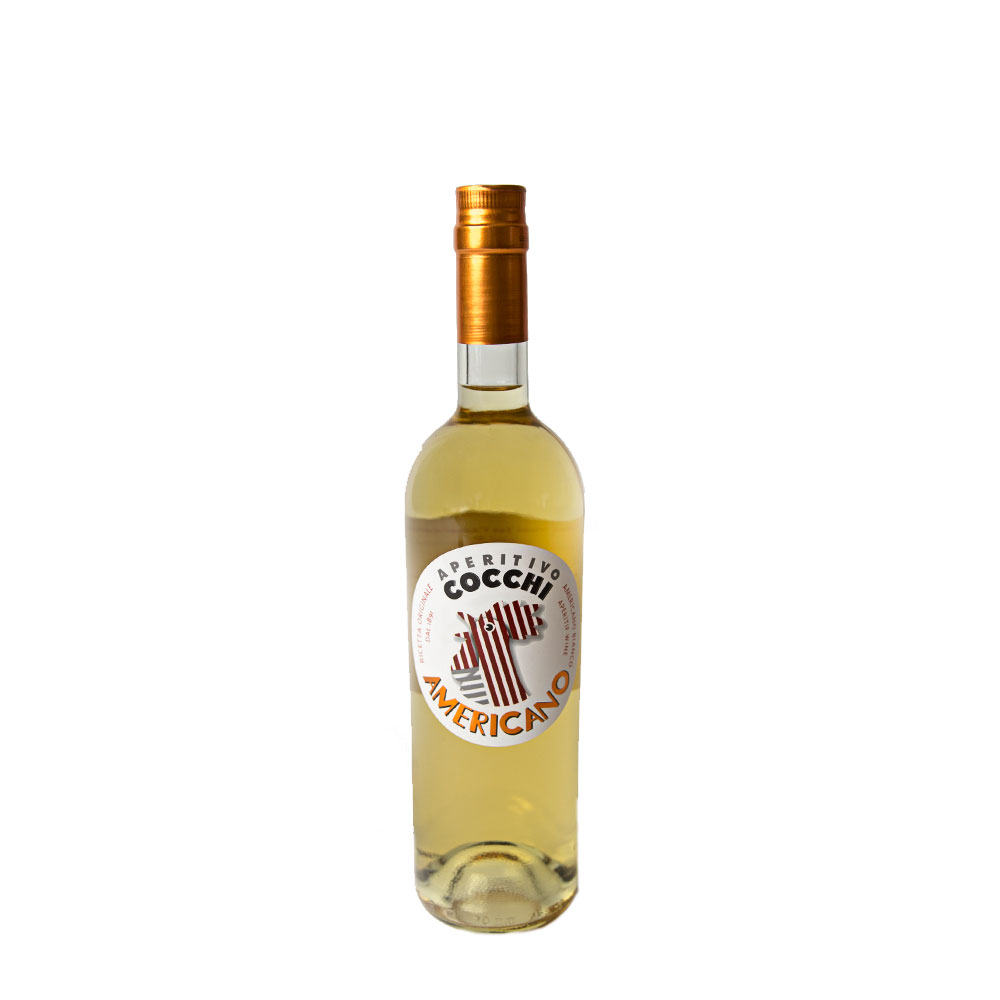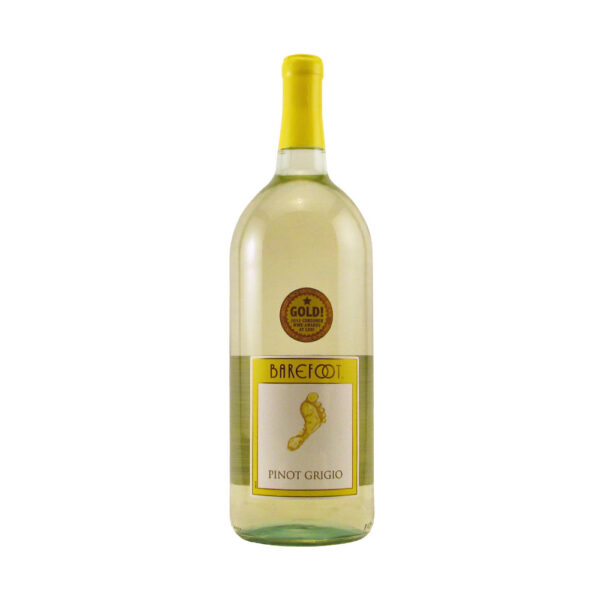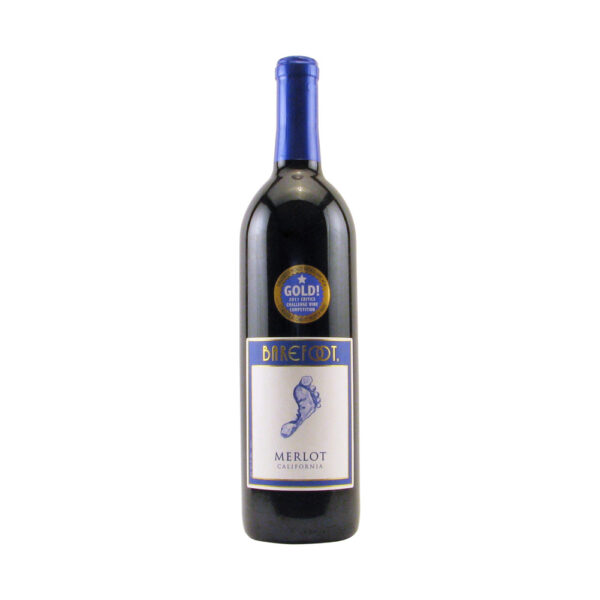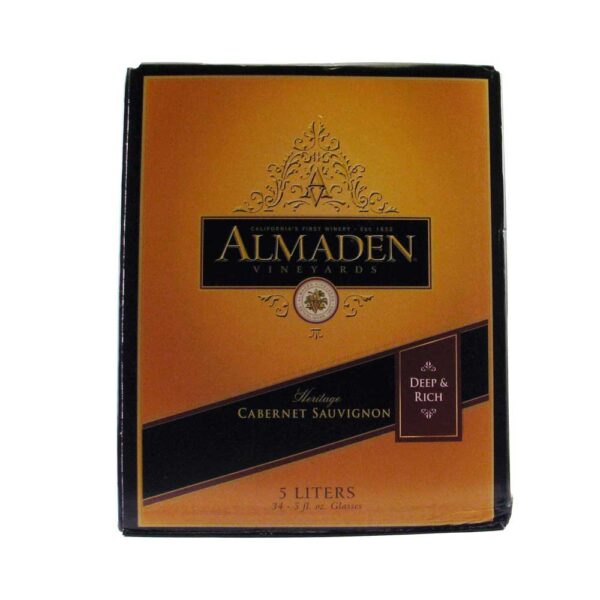Description
Cocchi Aperitivo Americano (pronounced “COKE-ey”, not “COACH-ey”)
This is the original Americano that gives the classics a new twist. This extraordinary aperitif wine has long been a staple of Asti. Using natural ingredients, no artificial additives or coloring of any kind, Cocchi Aperitivo Americano is basically a decedent white wine aromatized with many herbs and spices.
Based on a foundation of Moscato di Asti, the wine is fortified and then flavored with cinchona bark, along with citrus peel, spices, and other botanicals.
It’s produced in limited quantities and matured for a year before being released which means, you can be one of the lucky ones to enjoy such a fine, decedent aperitif or create an exciting cocktail.
On the label, it shows the original futurist rooster. It’s designed in the 30’s and represents its known aperitif function, which is to awaken the appetite. Also, one of the symbols is of the town of Asti.
Traditionally, most drink it in a tumbler with a twist of orange peel, ice cubes, and a splash of soda to enhance its exciting herbal aromas.
There is a ton of potential for creative cocktails using Cocchi Aperitivo Americano. You can make champagne or martinis, even sangrias!
Cocchi Aperitivo Americano Notes To Your Senses:
- TASTE: Warm, appetizing cherry-menthol notes, rich fruit with roasted almonds and green herbs for a bit of balance. The sweet fruit helps balance the bitterness from the bitter cinchona bark as it fades
- AROMA: Spicy, sweet, weighty, with rich aromas of orange blossom, cherry, and a refreshing green herbal note
- APPEARANCE: Clear, pale golden
- ABV: 16.5%
- PAIRING: Strong blue cheeses(cabrales, gorgonzola) with spiced chutney, candied citrus peel, or quince paste.
Asti: Moscato Bianco Grape
A sparkling white Italian wine that is produced throughout southeastern Piedmont, but is mostly in the towns Asti and Alba. It’s sweet and low in alcohol and typically served with dessert. Asti gets its fizziness through a single tank fermentation using the Charmat method. Around 1870, it’s believed to have been first produced by Carlo Giancia who was known to study the champagne method.
It’s best to consume Asti while is young and close to the vintage, otherwise, it’ll lose its freshness, floral notes, and will become richer and heavier. The acidity allows it to be versatile with food pairings. Ranging from salads, spicy dishes to Christmas pudding.
White Wine:
White wine is made without the skin of the grape and produced through a method called alcohol fermentation. Also, the majority of white wines are lighter and have a crisper, more citrusy flavor compared to red.
It’s best to serve white wine in glasses with a larger bowl so that bold aromas and flavors emerge as they mingle with oxygen in the air. Many wine glass manufacturers have added a hint of green or blue feet to wine glasses as it flatters white wine and helps emphasize the separation between the glass and wine. Traditionally speaking, white wines are served before reds, while younger wines should be served before older vintages.
In addition, due to white wine’s aroma, acidity and ability to soften meat and deglaze cooking juices, white wines are often used in cooking. Sweet wine goes well with sweet and savory dishes to mitigate the heavy sugar and stimulate the fruitiness.
If you’re a sparkling wine lover at mealtime, you’re in luck, it can be taken any time during the meal because of its diversity. By choosing a sparkling wine, it allows the retention of the same wine from the beginning to the end of the meal.
Making it a must have in any household!
Italy:
Italy has adopted a rigorous controlled appellation system that has strict controls with regulations governing vineyard quality, yields per acre, and aging practices just to name a few. There is over three hundred DOC (Denominazioni di Origine Controllata) and DOCG (Denominazioni di Origine Controllata e Garantita) wines today. There are over five hundred classifications IGT (Indicazioni Geografica Tipica) wines are factored in too. Depending on the region of Italy, you’ll have a better idea of what types of wine are produced.
In the North, the Italian Alps lay against long expanses of the Po River plains. Tiny pockets and microclimates along the mountains link to their very own special wine. It always seems to be a fight between nature and wine, but wine continues to win as it has an extraordinary ability to age.
Central Italy delivers many more exciting wines such as Sagrantino from the Umbrian town of Montefalco, dense and dark Montepulciano from Abruzzo, and white Verdicchio from Le Marche.
Southern Italy, specifically Sicily has native grapes like Nero d’Avola (red) and Grillo (white). Grillo is used to produce fortified wine, Marsala. Sicily has a relaxed regulation with an increased experimentation which make the “new world” wine region, while perfectly locked within the confines of an “old world” wine reality.
Master Sommelier Little Known, Big Facts:
- The color of wine depends on the fermentation extracts using skin, like Red wine as compared to white wine, leaving the skin behind
- The oldest bottle of wine dates back to A.D. 325; it was found in Germany inside two Roman sarcophaguses
- The worst place to store wine is usually in the kitchen because it’s typically too warm, in refrigerators, their warmest setting can be too cold
- Richer heavier foods usually pair well with richer, heavier wines; light wines pair with lighter foods
- Generally, a vintage wine is a product of a single year’s harvest, not when the wine is bottled
- A “dumb” wine refers to the lack of odor while a “numb” wine has no odor and no potential of developing a pleasing odor in the feature
- If a server or sommelier hands you a cork, don’t smell it, look for the date or other information ( mold, cracking, or breaks)
- Tannin is a substance that tingles the gums when you indulge your palate with a sip of wine, it’s an excellent antioxidant
- Smell is by far the most important sense when it comes to drinking wine
- Wine was first developed in Mesopotamia, not France
- French wines are labeled following the soil on which they are produced, not according to the grape used
- When chilling wine, adding salt to ice will cool it down faster
ALLERGEN INFORMATION
This product may contain:
sulphur dioxide and sulphites at concentrations of more than 10mg/kg or 10mg/l
Warnings:
You must be 21 or over to purchase this product
Instructions:
Serve chilled with an orange peel, or use it in combination to make martinis, champagne, or sangria






Reviews
There are no reviews yet.